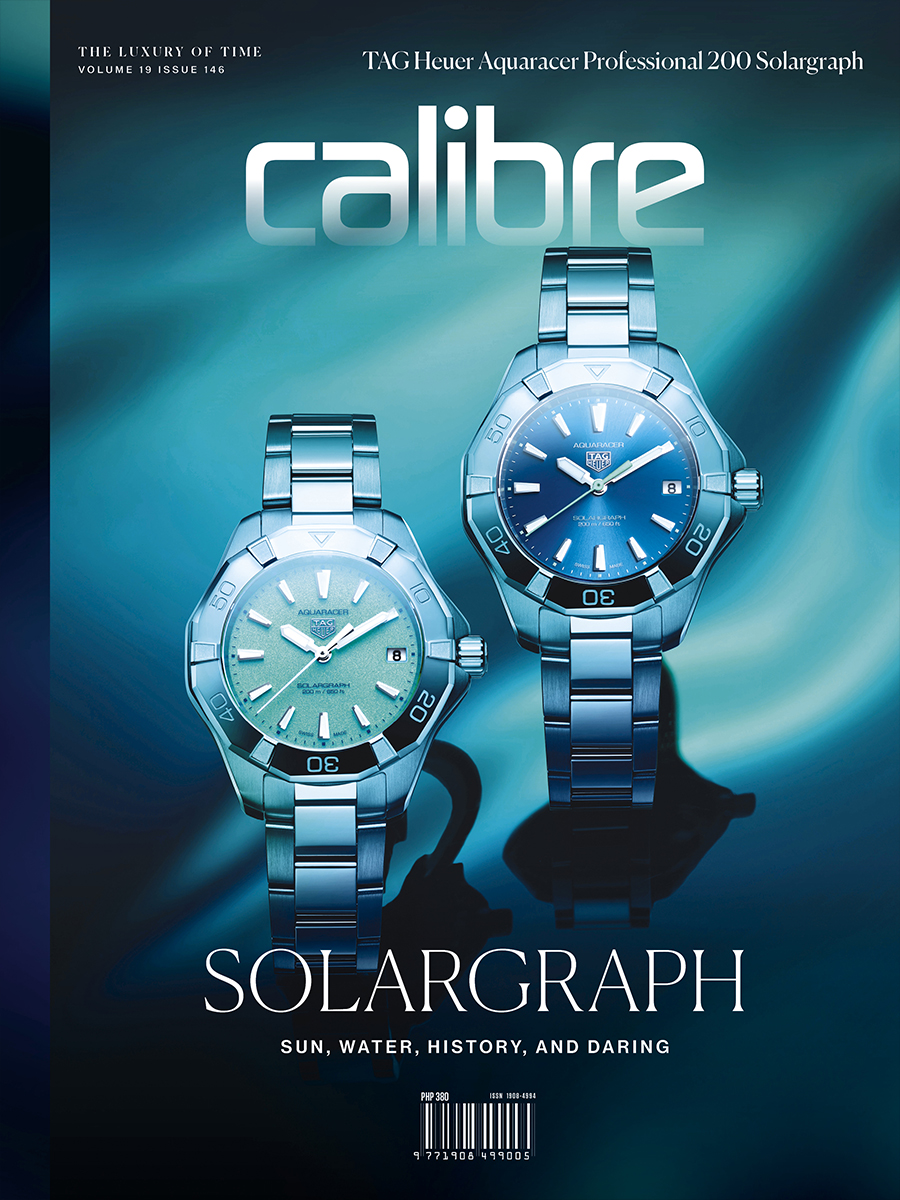URBAN centers, railway networks or a disproportionate male interest in fashion, Metrology has nothing to do with (well, directly, at least). Metrology deals with weights and measurements, usually for the purpose of standardizing the units used for these. Not surprisingly, the ever-exacting Swiss, since 1862, has operated an office dedicated to such matters.
This office is called the Swiss Federal Institute of Metrology, or METAS, and its recognized expertise in measurement accuracy means it could set unbiased criteria governing benchmarks that determine precision levels.

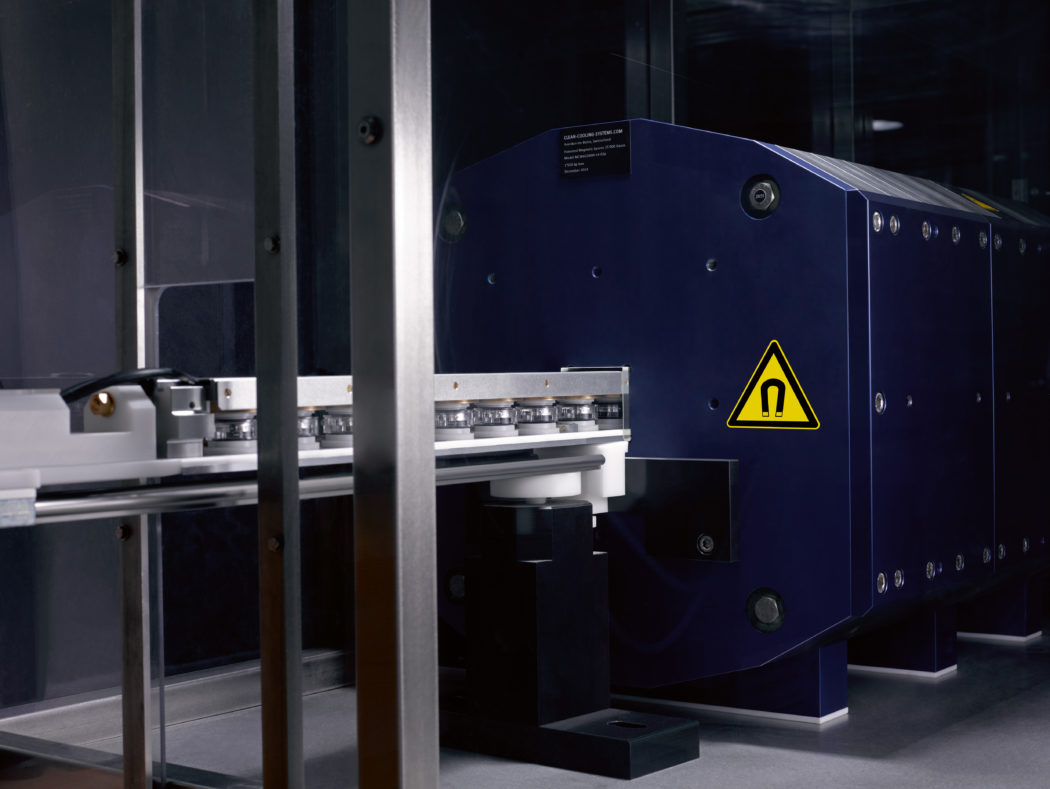
Since 2015 Omega has been using a new accuracy certification it developed with METAS for some of its watches. Such METAS-tested and -approved timepieces are identified with the brand’s Master Chronometer seal, and the first to be marked as such was the Globemaster spun by an Omega co-axial calibre 8901.
This year Omega released its 12th and 13th Master Chronometer calibres, indicating the watchmaker is committed to making as many of its mechanical watches METAS-certified—a new production facility at its Bienne headquarters that was opened last year is meant for this pursuit. All technologies for METAS testing, including two permanent magnets that subject a watch to a field of 15,000 gauss, are housed on-site, and operations run 24/7 in order to complete a full examination of each watch. METAS itself maintains an office at the premises so it could oversee the watch certification processes for precision, performance and magnetic resistance.
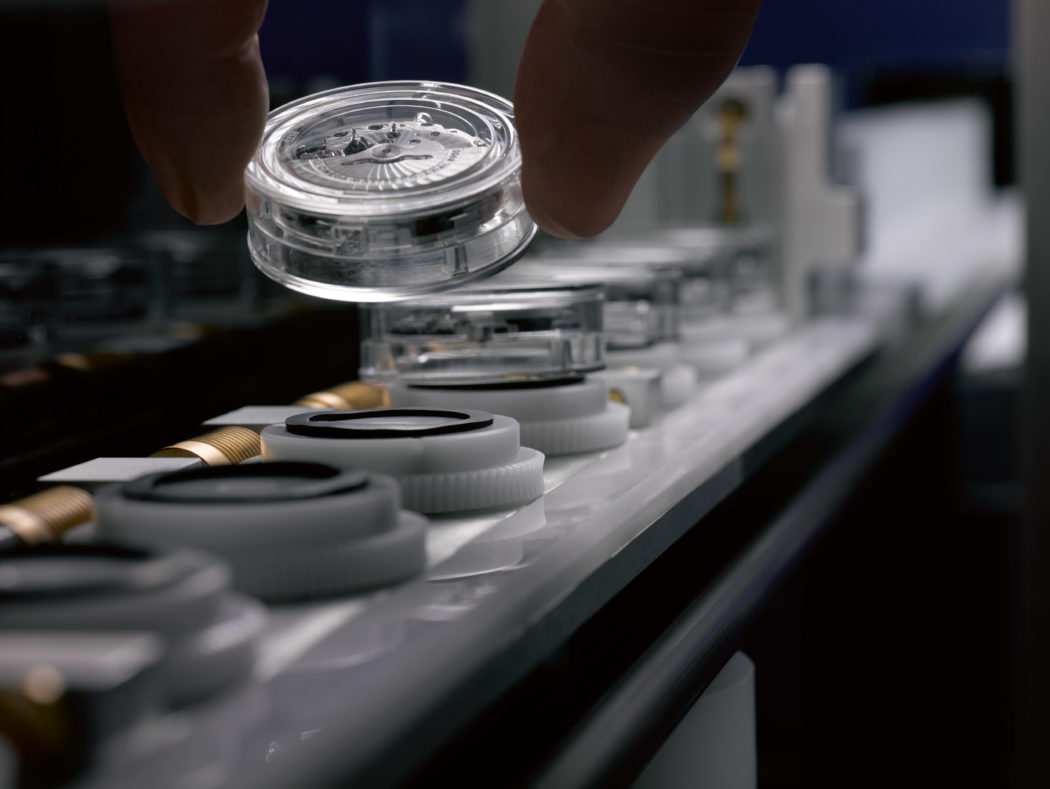
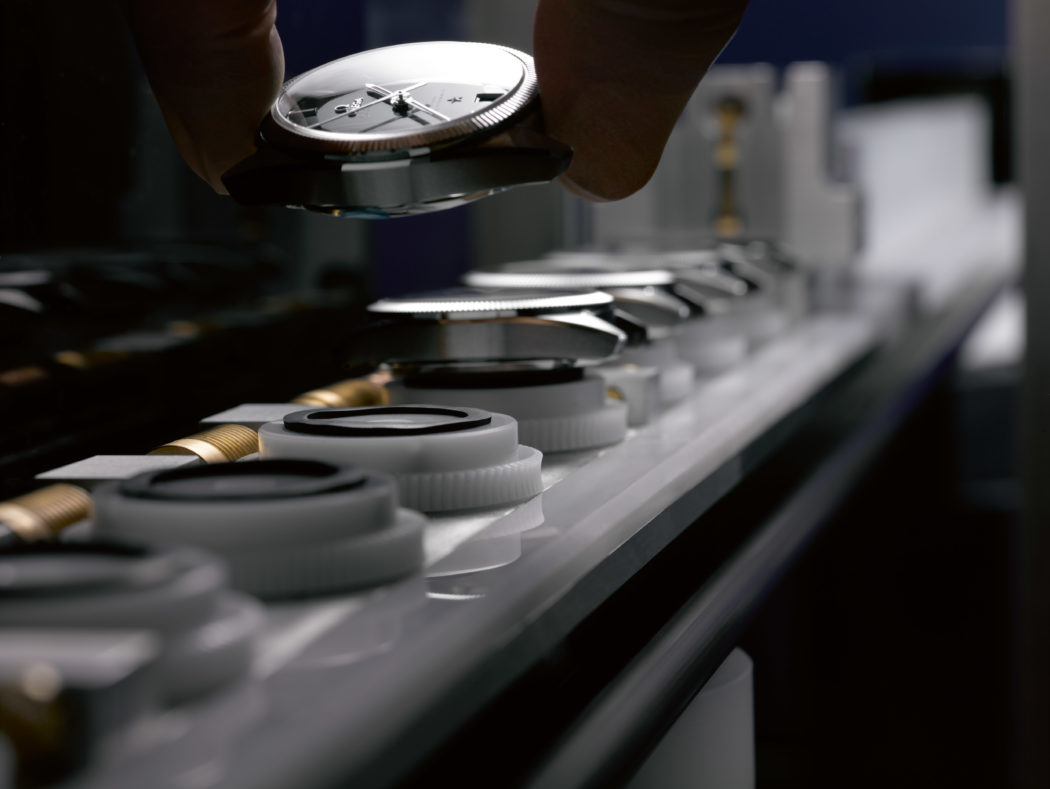
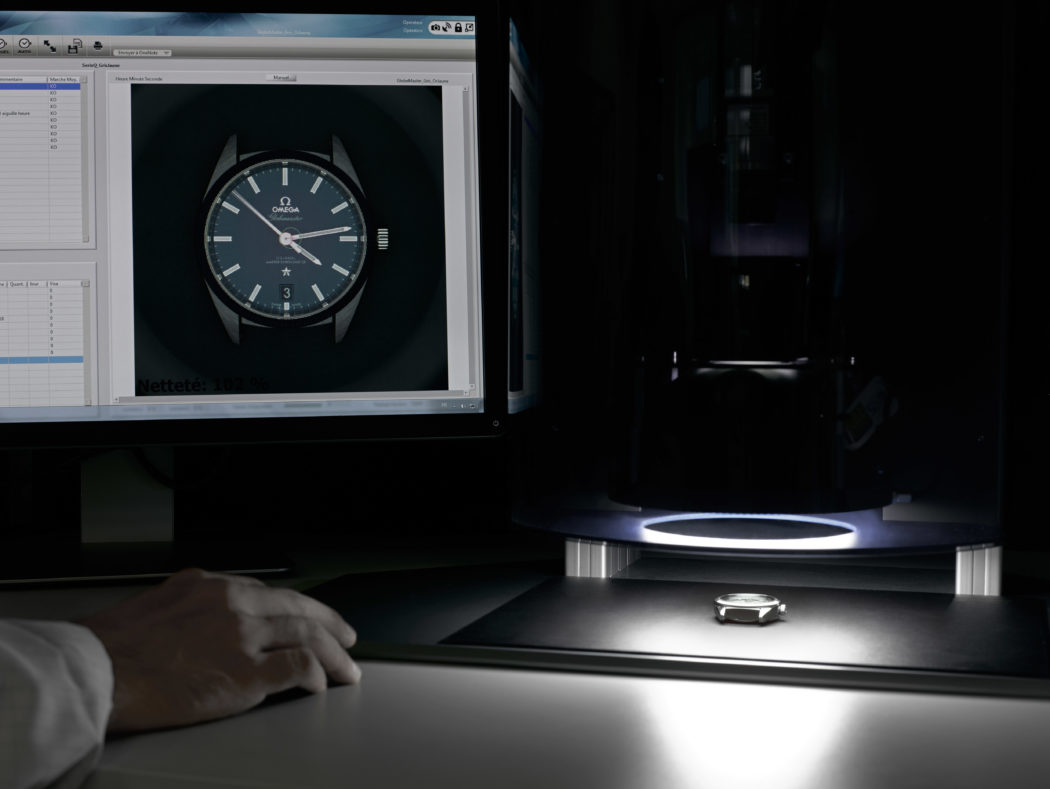
Now, as the tag suggests, Omega’s Master Chronometer does the Official Swiss Chronometer Testing Institute’s (or COSC) standards one better—passing the COSC tests is just the “starting point” for its chronometers, Omega says. It explains that COSC tests only call for a calibre to be no more than four seconds slower or six seconds faster per day, tested in five positions, for it to earn the agency’s certification. Omega’s METAS method, in contrast, requires that calibres, as well as completed watches, undergo eight tests conducted over 10 days. The tests include those meant to determine water resistance, and how each piece reacts to fluctuations in temperature and exposure to magnetic fields of as much 15,000 gauss (by comparison, a smart phone generates 380 gauss and a tablet about 1,400 gauss). The calibres and watches, tested in as much as six positions, must also be accurate, on average, to no more than five seconds faster per day—these cannot be slower by even just one second.
As Omega put it, only “perfectly functioning” timepieces with “extraordinary levels of magnetic resistance earn the Master Chronometer certification.”
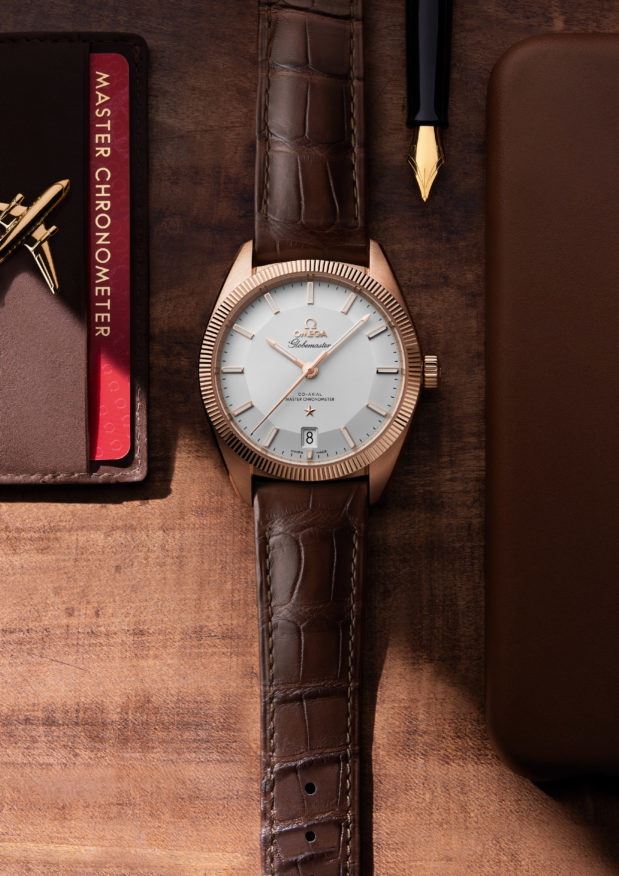
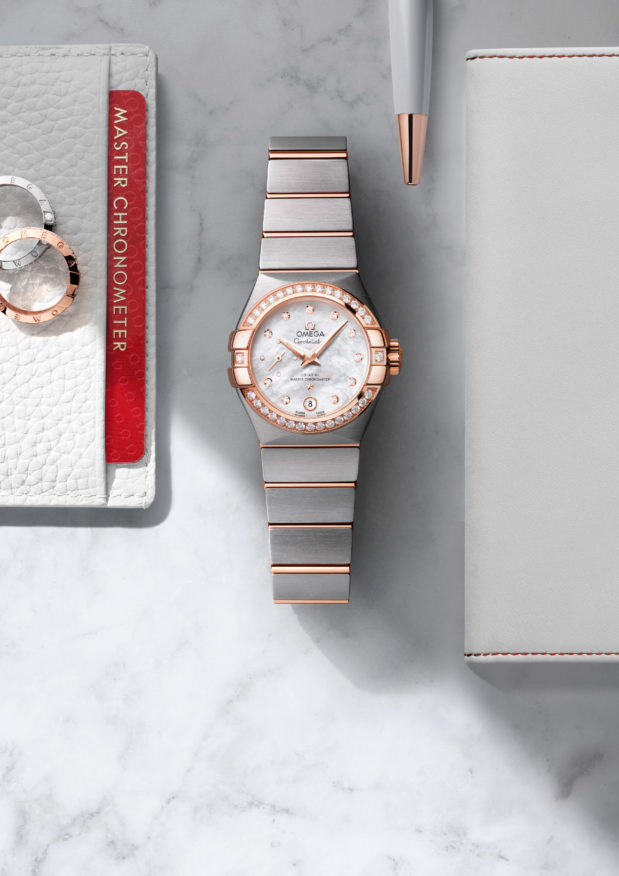
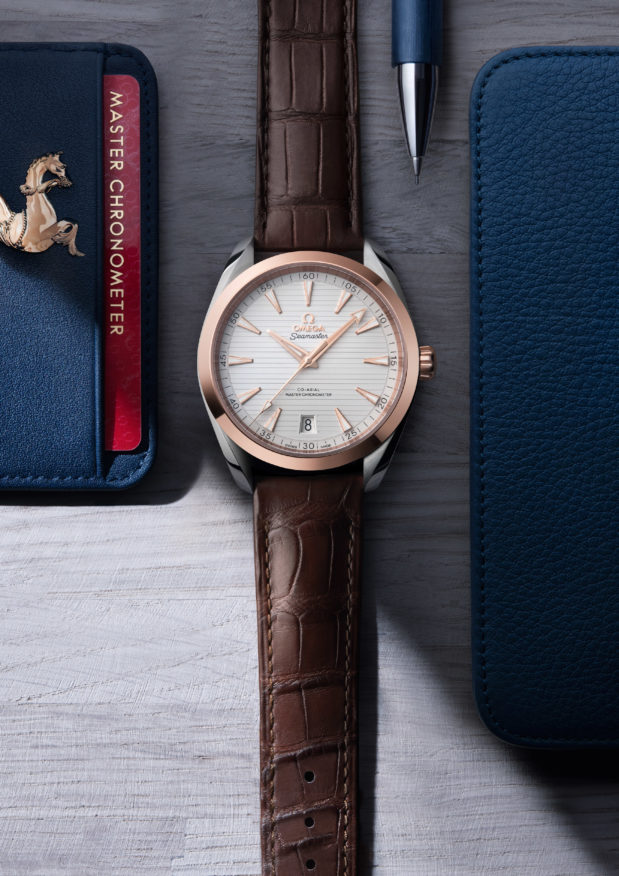
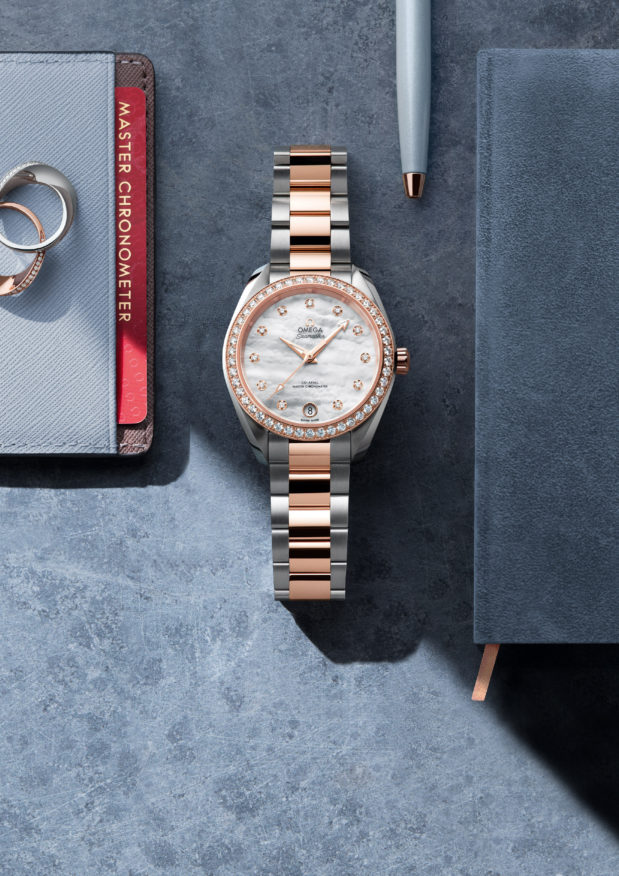
The watchmaker cites several technologies which allow some of its timepieces to get the Master Chronometer seal. Besides the co-axial escapement, which goes about its business with less friction (and so can remain seriously precise over a longer period), other factors include Omega’s use of non-ferrous materials—like the brand’s proprietary Nivagauss alloy—which resist magnetic fields generated by such common items like smart phones and tablets, as well as silicon balance springs which are not only unaffected by magnetism and shock, but are also incredibly resilient, able to retain its form to guarantee a watch retains its Master Chronometer-level accuracy over years of service.
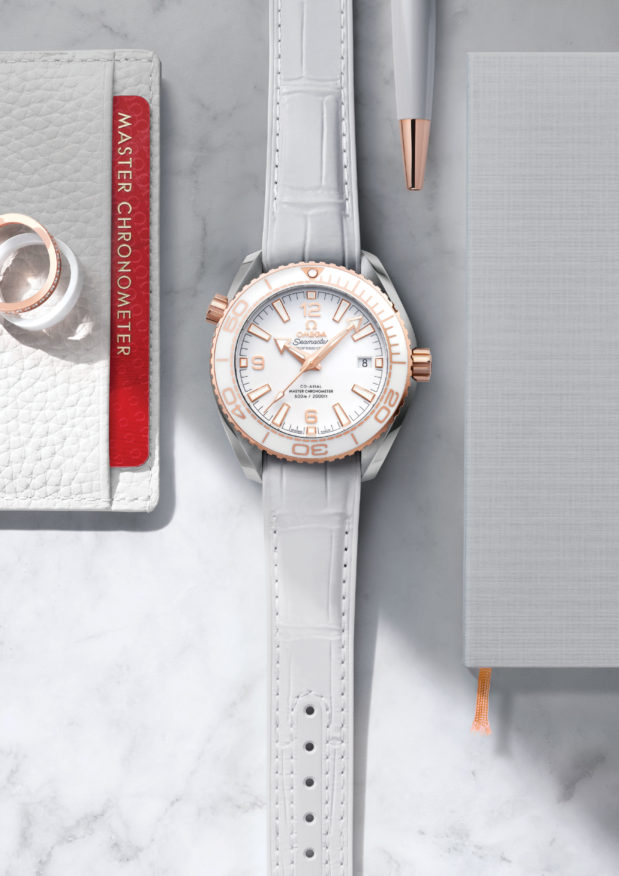
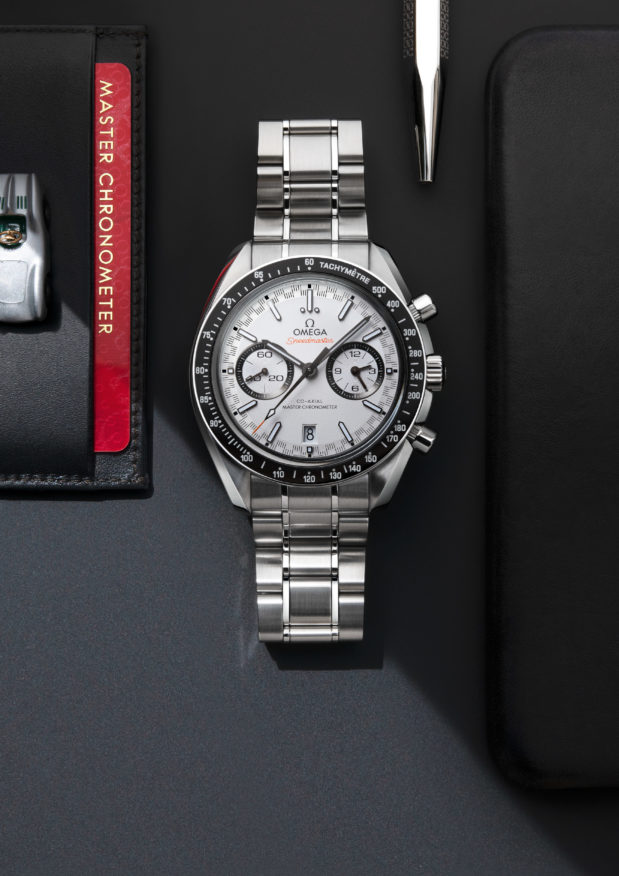
Besides the seminal Globemaster, among Omega’s Master Chronometer watches are the Constellation Small Seconds, a 27-millimeter, calibre 8704-spun piece adorned by a mother-of-pearl dial and diamond indices; the Seamaster Aqua Terra 150M that features a 41-millimeter, 18-karat Sedna gold-and-stainless steel case with the calibre 8900 beating within; the 34-millimeter Seamaster Aqua Terra 150M with a diamond-set bezel and integrated stainless steel-and-18-karat Sedna gold bracelet, plus the calibre 8800; the Seamaster Planet Ocean 600M, which has a 39.5-millimeter case (also in stainless steel and 18-karat Sedna gold), a white leather strap, ceramic dial and bezel ring, and the calibre 8800; and the Speedmaster Racing whose calibre 9900 spins beneath a 44.25-millimeter stainless-steel case marked by a black ceramic ring with tachymeter scale, and distinctive racing-style minute-track for which the watch earned its name.
It’s METAS’s nod, though, that raises them to another level.

